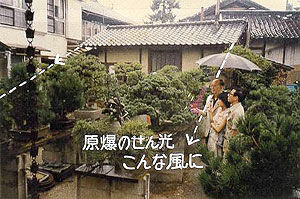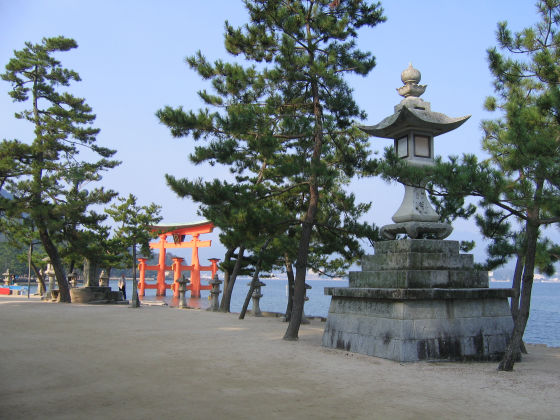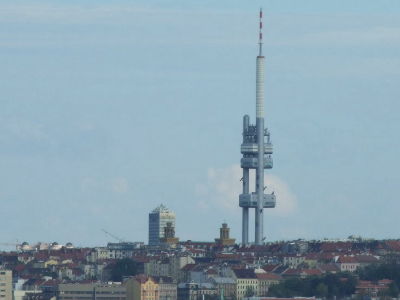A bonsai at the age of 390 and surviving the Hiroshima atomic bomb surviving Edo, Meiji, Taisho and Showa "Hiroshima Survivor"

It is located in Washington, D.C., USANational arboretumIs a facility where plants collected from all over the world are preserved in 446 acres (1.8 sq. Km) of premises. At the Bonsai / Bonsai Museum in the National Arboretum, bonsai that is 390 years old bred raised in Hiroshima, Japan is exhibited.
Hiroshima Survivor | National Bonsai Foundation
https://www.bonsai-nbf.org/hiroshima-survivor/
This 390-year-old bonsai tree survived an atomic bomb, and no one knew until 2001 - The Washington Post
http://www.washingtonpost.com/local/the-390-year-old-tree-that-survived-an-atomic-bomb/2015/08/02/3f824dae-3945-11e5-8e98-115a3cf7d7ae_story.html
The bonsai / basin scenery museum in the National Arboretum exhibits "Hiroshima · SurvivorIt is a bonsai named Bonnie donated from Japan in 1976, which will be the 200th anniversary of the United States. Jack Sustic, director of the Bonsai · Bonsai Museum since 2002, said, "One of the great things about Hiroshima Survivor is that this bonsai has been living since 1625," praised the history that bonsai survived It is.

At the time the atomic bomb was dropped in Hiroshima in 1945, Hiroshima Survivor was brought up at home 3 km from the hypocenter by the hands of Mr. Masaru Yamaki, a bonsai craftsman in Hiroshima Prefecture. Although the blast of the atomic bomb and flash of light had tremendous, there was a wall on the side of the hypocenter where there was a bonsai, so damage seems to be kept to a minimum.

In addition, Mr. Yamaki who was at home at the time of the investigation, all the window glasses at home were blown away, but all the family survived safely. Kamakura where Mr. Yamaki's house was located is a region where black rain fell, but the remarkable symptoms do not appear in Hiroshima Survivor, and its life force has amazing things.
Hiroshima · SurvivorGoryobaIt is a type of pine that is popular with bonsai called bonsai, the age of 390 years old is considered to be the longest among the bonsai and the bonsai museum. After being taken from Miyajima in 1625, it is said that it passed over to the mountain family, but the exact roots are unknown. About the Hiroshima Survivor who survives the four periods of Edo, Meiji, Taisho and Showa, and still lives in the United States, Mr. Sustic said, "I do not want to think about how long I will keep alive, but probably I will live 200 years I am talking.

ByJpellgen
The National Arboretum plans to move Hiroshima · Survivor to the Japanese pavilion where renovation ends in 2016, in honor of Hiroshima · Survivor's spending 40 years in the same building. Although the National Arboretum is not a famous sightseeing spot, it is good to visit Washington D.C. to visit, watch Hiroshima Survivor and think about history.
Related Posts:
in Note, Posted by darkhorse_log







